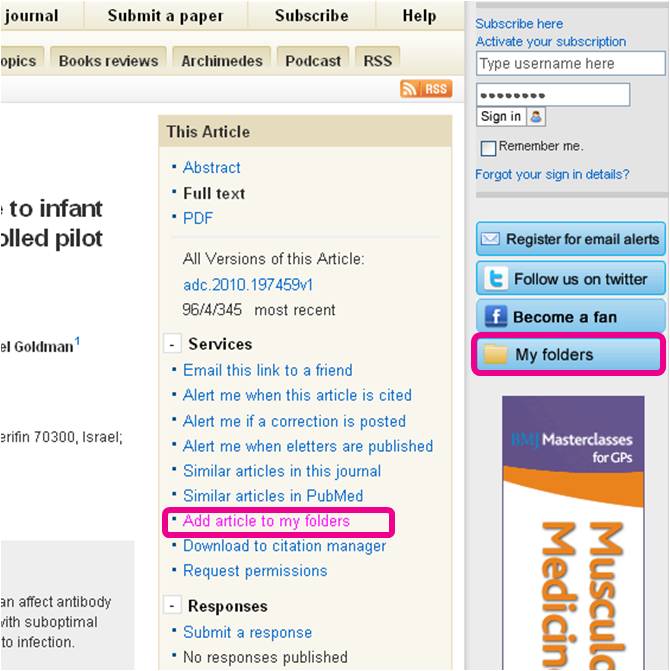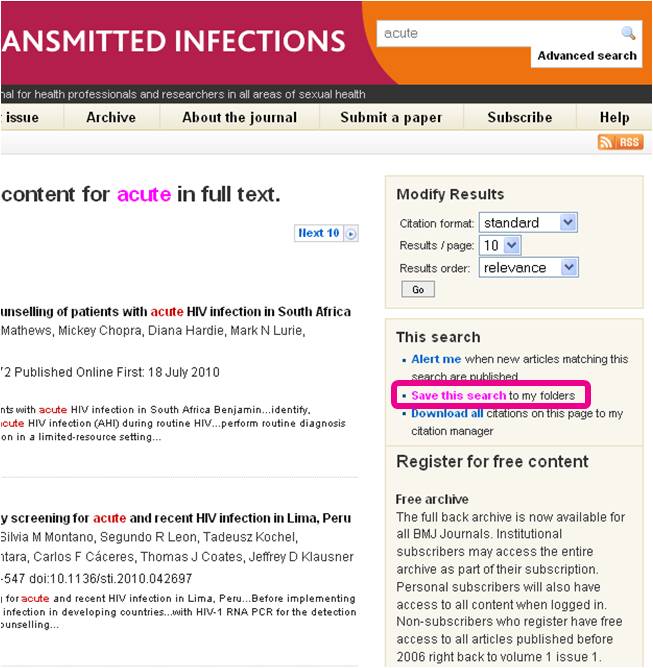Is Google+ the party that people are showing up to fashionably late?
26 Jul, 13 | by BMJ
At the Figaro Digital Marketing Conference last week, Dan Patmore (Search Marketing Manager for Argos) shared his views on what trends and products digital marketers should be focusing on in the next 12 months. He pointed to insight, technological developments and the importance of the customer. He also (somewhat reluctantly) mentioned Google.
Dan described the launch of Google+ as “the party that nobody came to”. In other words, there was a huge amount of hype, everybody got very excited, perhaps created an account, and then, nothing. He continued the analogy and surprised some people in the room (including myself) by saying that Google+ in 2013 may well be “the party that people are showing up for fashionably late.”
In January 2013, the Global Web Index revealed that Google+ had overtaken Twitter to become the second largest social network. Google+ now enjoys an impressive 359m monthly active users and brand interaction has apparently grown by 45.5% between Q2 2012 and Q1 2013.




 Google started rolling out the ‘+1’ recommend button across its own portfolio and third-party web sites just a day after Twitter unveiled its new ‘follow’ button. Both releases are being viewed as direct competitors to Facebook’s popular ‘like’ button.
Google started rolling out the ‘+1’ recommend button across its own portfolio and third-party web sites just a day after Twitter unveiled its new ‘follow’ button. Both releases are being viewed as direct competitors to Facebook’s popular ‘like’ button.


